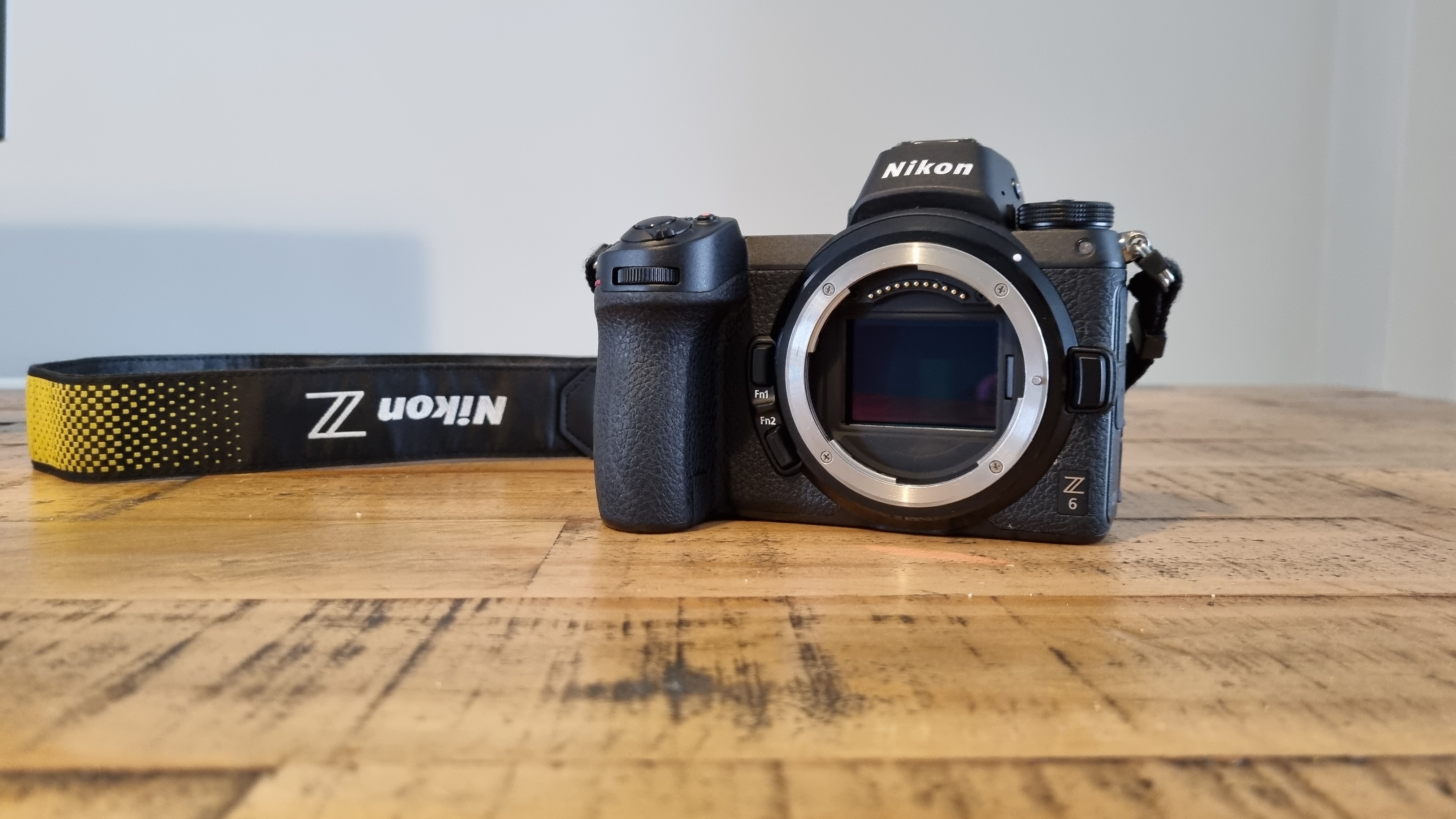Space Verdict
While not a perfect mirrorless camera, the Nikon Z6 gets so much right — superb ISO range, excellent handling and shooting, simple yet fully-featured menus, and all at a good price.
Pros
- +
Superb ISO range for low light
- +
Excellent in-built image stabilization
- +
Handles well, and the view-screen is bright and clear
Cons
- -
Only a single memory card slot, and it doesn't do SD
- -
24.5MP sensor is merely average
Why you can trust Space.com
If you're looking for a highly capable mirrorless camera for astro and night sky photography, few models are better than the Z6. However, there's always going to be an elephant in the room with any Nikon Z6 review, and that elephant is the Z6ii. Yes, the Z6 - which only launched in 2018 — has already been superseded by the Z6ii, so why do we think the original could be among the best cameras for astrophotography? Well, the answer is far from simple, but essentially it comes down to price and usage. For us, the cheaper original Z6 represents better value than the Z6ii, unless you're using it for video and high-intensity shoots, like weddings. Simply put, we don't feel you need to spend the extra money on the Z6ii.
Type: Mirrorless
Sensor: 24.5MP backlit CMOS
Lens mount: Nikon Z (FX)
ISO range: 100-51,200 (before expansion)
Viewfinder size/resolution: 2.1K dots, 3.2-inch touchscreen
Video capability: 4K 30 fps
Weight (body only): 1.48 lbs
Size (body only): 5.2 x 3.9 x 2.6 in
Memory card type: Single slot CFexpress, XQD
We love the Z6 for several reasons which we'll discuss in more detail below, but the main ones are that it has a superb backlit sensor, perfect for low light image quality, and a staggering 100-516,200 ISO range that delivers incredible clarity even in the darkest of lights. Combine this with some market-leading, in-built image stabilization and you've got one of the best cameras for astrophotography around.
You can use the Nikon Z6 for many things other than astro; we rated it so highly we declared it the best mirrorless camera in our best cameras guide.
If you do, however, want to use it for astrophotography, then you may want to combine it with some of the best telescopes around to get super clear images. For beginners looking for an easy target, we recommend lunar photography — we even have a guide on how to shoot the moon, to help you get to grips with combining your equipment.
Nikon Z6 review: Design
- Z mount design is great for lenses and body size
- Good range of buttons
- 3.2-inch adjustable touch screen is good
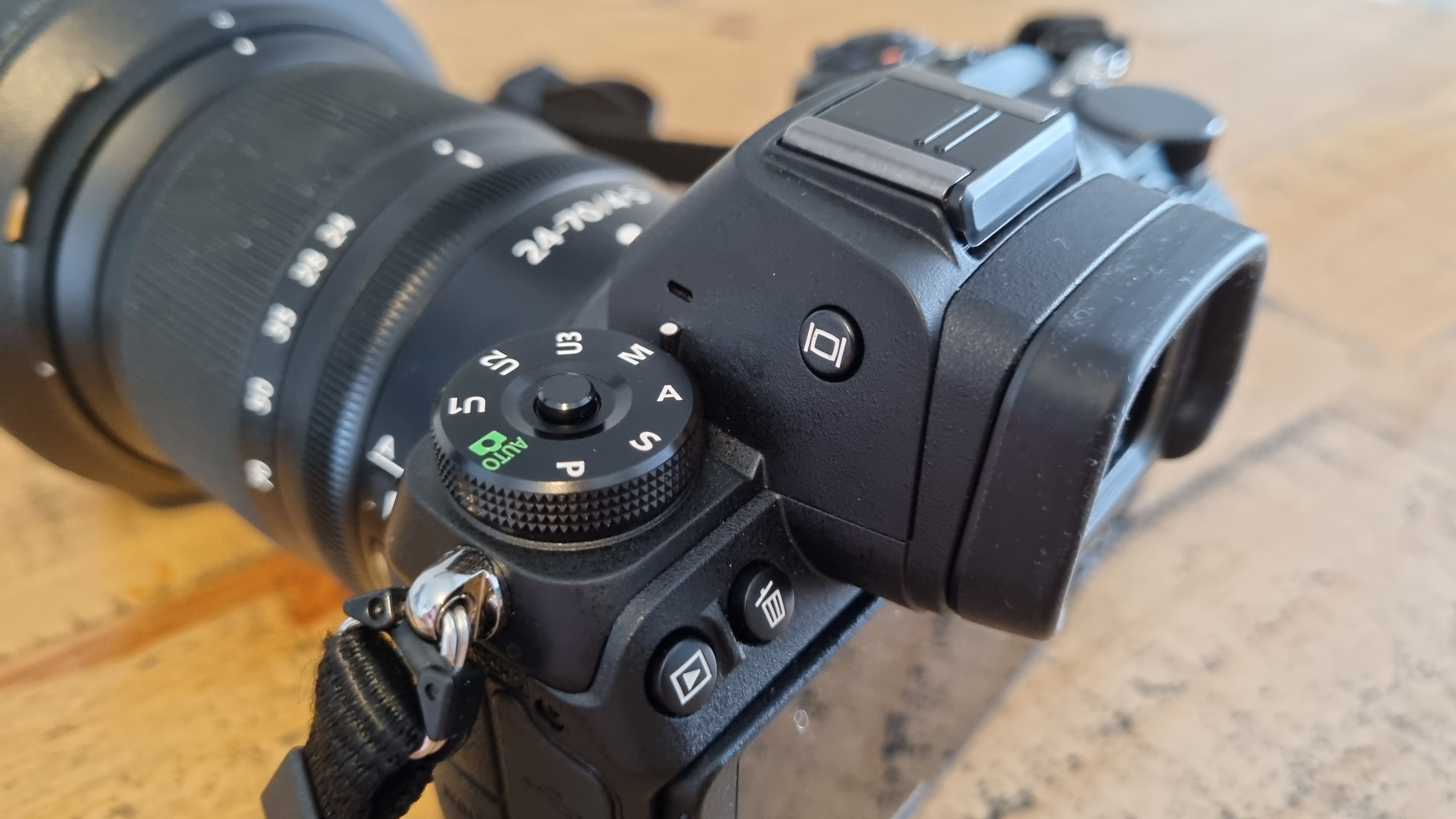
When Nikon finally launched its mirrorless range, the name of the game was to allow the new Z mount to improve not only the performance of the cameras but also the feel and look. When you handle the Z6 without any lens you'll immediately notice that it's significantly thinner and slightly lighter than most full-frame DSLRs. That reduced depth makes it easier to handle, so if you're holding it for prolonged periods, this is a big advantage over traditional DSLRs. Once you add a lens, however, that weight definitely comes back and, despite the fact that some Z mount lenses are surprisingly light, you're unlikely to notice much difference in overall heft from traditional DSLRs. The overall handling for the Z6 is excellent, though, and Nikon's traditional grip design means you get a firm hold on the camera that's comfortable and practical, especially with the customizable shot-adjustment buttons within easy reach.
You'll find these custom buttons on the right of the lens mount, which means you can make quick adjustments to things like white balance without looking up from the viewfinder. Meanwhile, there is the usual command dial, which has M, A, S and P modes along with three pre-set options (U1-3), which allow you to program in settings you use regularly. We find this incredibly useful for things like shooting stars, where you're always looking for a 20-second shutter speed and wide aperture as standard. The top set of buttons are completed by manual ISO control, an exposure button, and a recording button for video. In addition to the adjustment wheel at the rear of the camera body, which is primarily used to make adjustments to shutter speed and ISO, there's a second wheel at the front of the shooting grip that allows you to control your aperture. When you're using the viewfinder, this set-up really helps you focus on your shot.
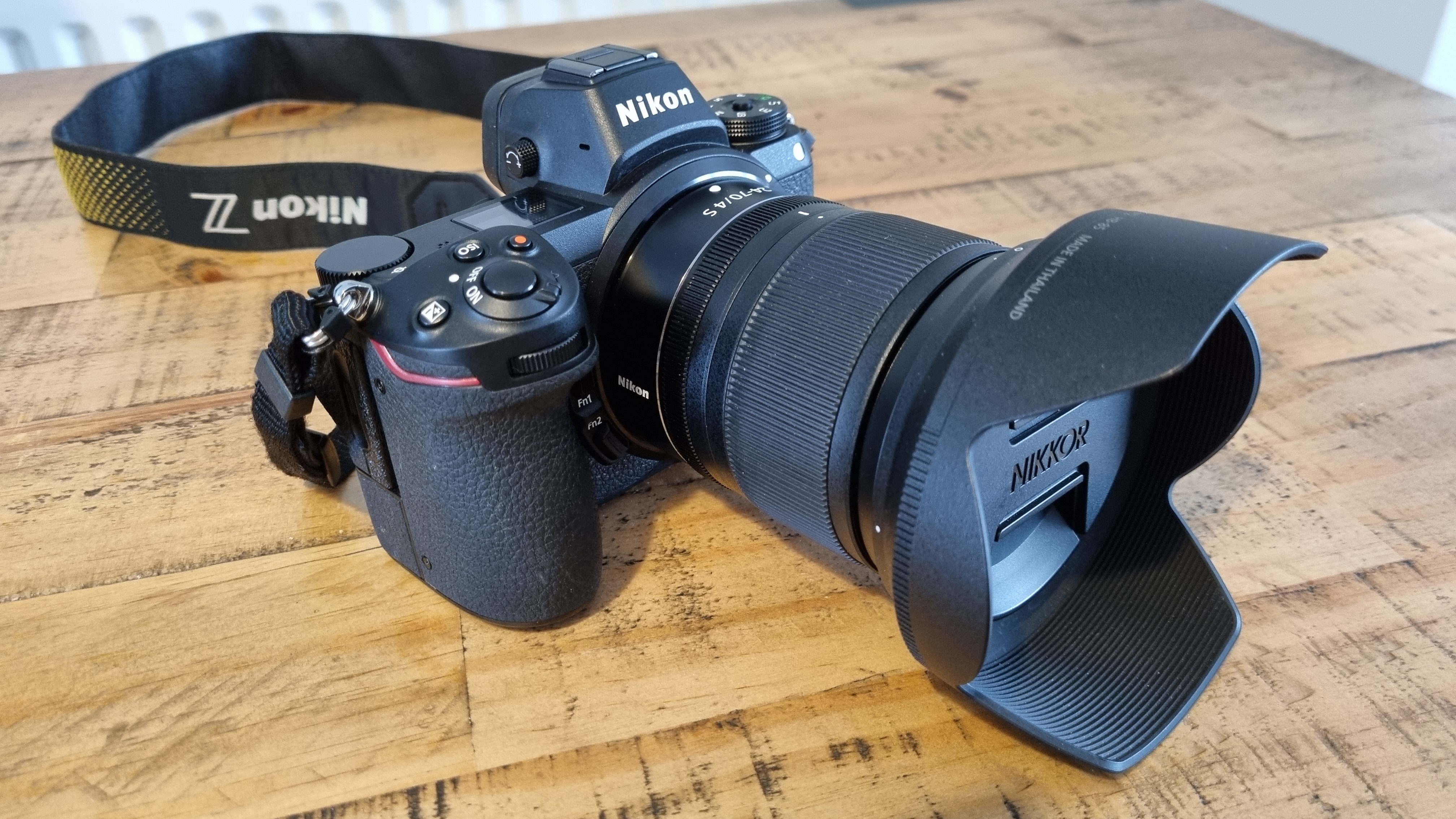
When you're shooting astro, most will rely on the monitor, and the Z6 has a great 3.2-inch display on the rear of the body. It's a touch screen, and you can access all your menu items from here to adjust your shot or settings. You can use the touch screen to select a focus area, and even set it to shoot on touch too. It's clear and bright, and because it's a mirrorless system there's no noticeable lag when you're using this view. Our only real gripe with the touch screen is that it isn't as mobile as some — it attaches via the top of the screen and can't be rotated, so it's limited when you-re shooting in portrait orientation from a fixed position, like a tripod.
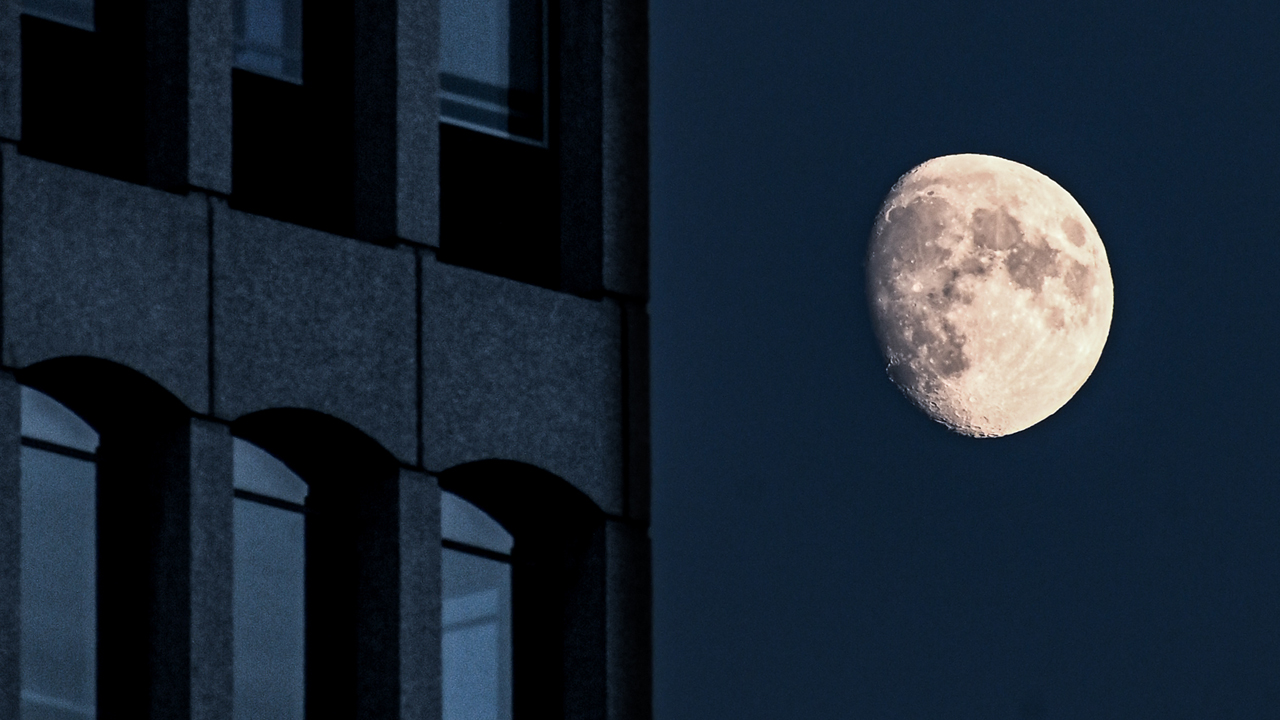
The Z6 body is fully weather-sealed, which means you can be out in moderate rain or wind for a few hours before you're likely to experience any problems. We even 'accidentally' dropped it in some river mud, and while it’s tough to clean out of some of the indents in the camera body, this incident has never impacted performance. Elsewhere, there are clear markings for securing and changing lenses, and the seal between the camera and lens is tight and incredibly secure. The strap connectors are well made and maneuverable too, so there's little danger of accidentally dropping the Z6.
Our main gripe with the design is the memory card slot. As in, there's only a single card slot (which means you have to change cards if you're shooting masses of photos in one session, and you have no back-up card), and this camera doesn’t accept standard SD cards like most models. The Nikon Z6 is compatible with CFexpress and XQD cards only, which is great from a performance perspective (these are super fast cards and brilliant for continuous shooting), but bad for your wallet. Even the cheapest 128GB CFexpress cards will cost you $150 and upwards. One thing the Z6ii remedies is that it adds a second card slot, and allows the use of SD cards.
Overall, we love the feel and handling of the Z6 - it's one of the best cameras we've ever used. While you'll find some with better touchscreens, and certainly save money on memory cards elsewhere, it's tough to complain about the design of the Z6 body.
Nikon Z6 review: Performance
- 24.5MP backlit sensor is good for night scenes
- Amazing ISO capabilities (up to 56,200) and sharpness
- Superb in-body stabilization
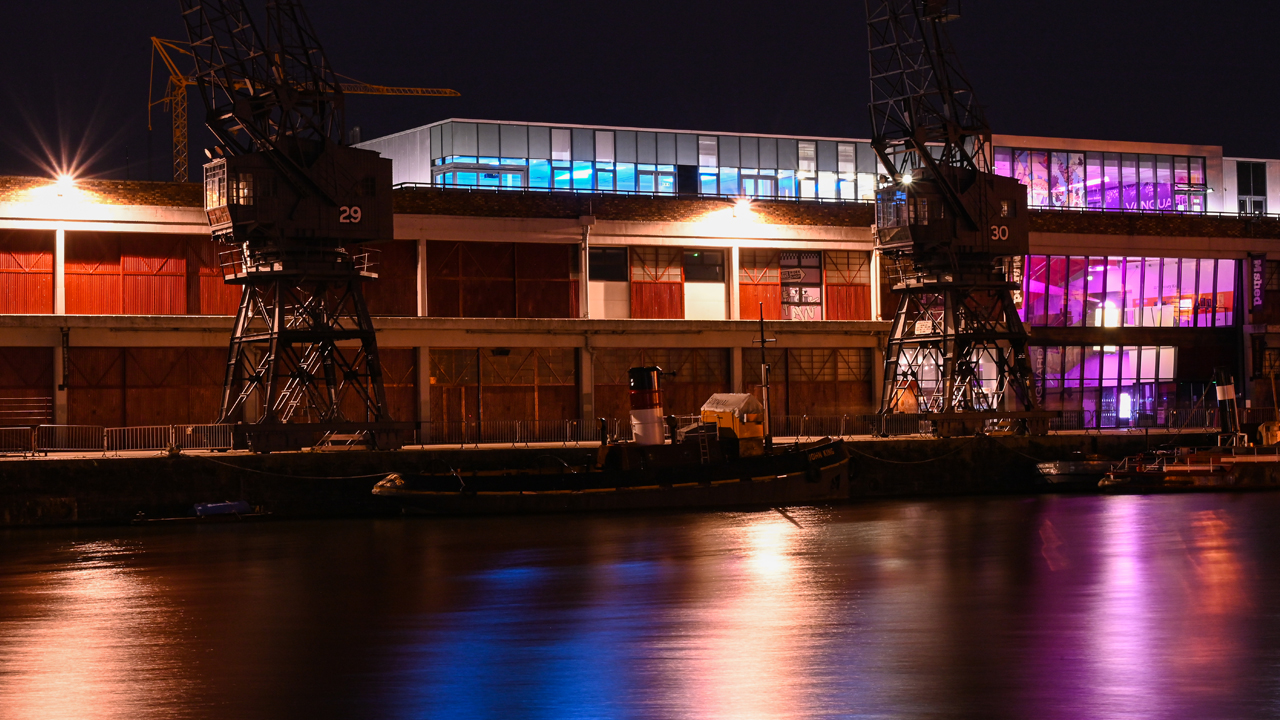
The Z6 is an absolute powerhouse regarding nighttime and low-light shooting, which is where we did most of our tests. While the 24.5MP sensor size is merely average among high-end mirrorless cameras, and almost half that of the next model up - the Nikon Z7 - this won't compromise the quality of your landscape and night sky photos. What matters more is the ISO range, which runs from 100 - 56,200 (and is further expandable to between 50 - 204,800), and the clarity of the photos taken at higher ISO settings. Sharpness, noise, and EV are remarkably consistent across the range, and compare extremely well to competing cameras, including the more expensive Z7.
When you're shooting anywhere up to 12,800 ISO there's very little noise or softness to the image, and it only starts to degrade slightly on maximum and expanded settings. This is perfect for low-light situations like astro, especially if you’re trying to pick out unlit objects or scenery to give the night sky some context. Combined with the in-built image stabilization, which Nikon claims can compensate up to five stops, it means you can confidently shoot handheld in low light, for images of the moon, because the incredible ISO will let you keep your shutter speeds high enough to retain clarity. We find it tough to think of a better all-round camera for low-light shooting — the Z6 is actually one of the models used to capture some of the best astronomy images in 2021 — and the performance of the Z6 is only beaten by specialist astro models in this area.
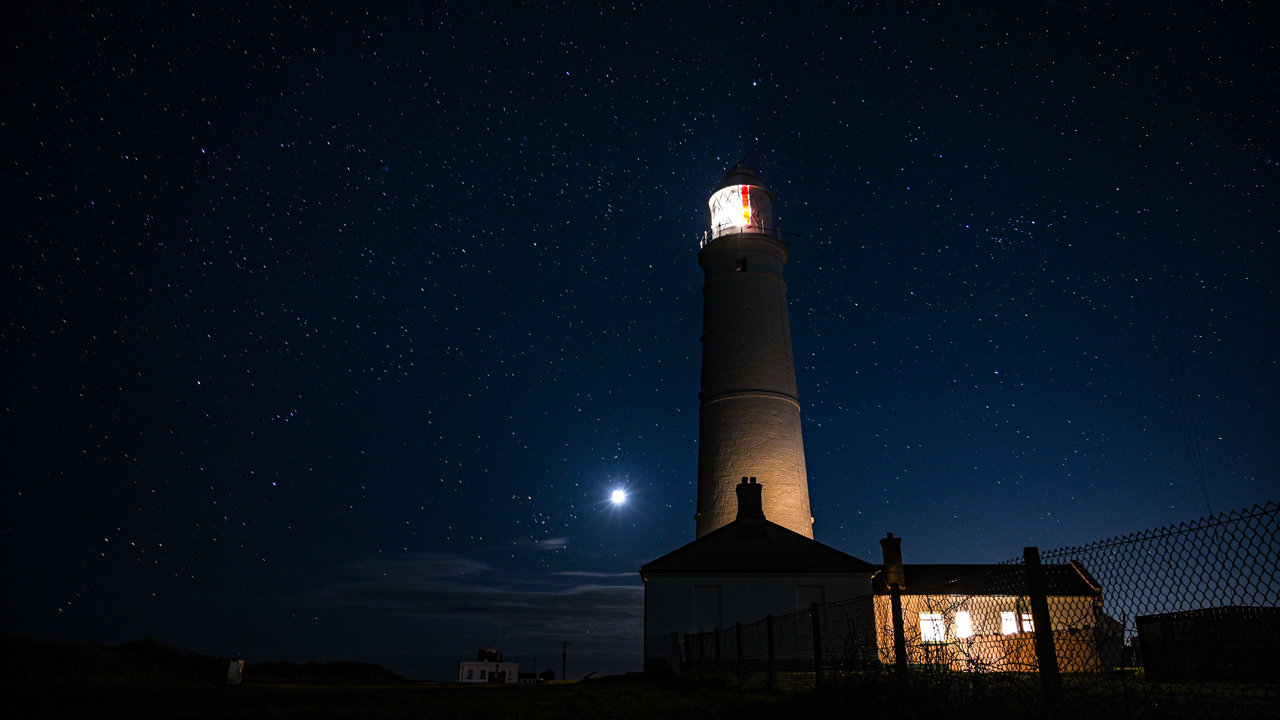
Elsewhere the Z6 is capable of up to 12fps burst shooting for about four seconds at a time, which is about right for a camera of this price. While you probably wouldn't choose to use it over some of the Sony Alpha models for sports or motion photography, the Z6 still handles itself well in this area. It's just better for landscape photography and portraits. Shooting is super quiet and efficient, there's no interruption between shots like you find with DSLRs, and there's even a silent shooting mode for when you want to get discrete pictures.
In terms of AF, the Z6 is a very competent camera. It has 273-points of AF detection, covering 90% of the view, which is decent coverage and certainly enough for landscape photographers. This stat compares poorly to the Z7, but the coverage isn't a significant step-down, and again it'll make little difference to night sky images and landscapes. It focuses fast and accurately, whether you're using the touch screen or the viewfinder.
Nikon Z6 review: Functionality
- Accurate touch screen shooting
- Bluetooth and WiFi enabled
- Not directly compatible with Nikon FX and DX lenses
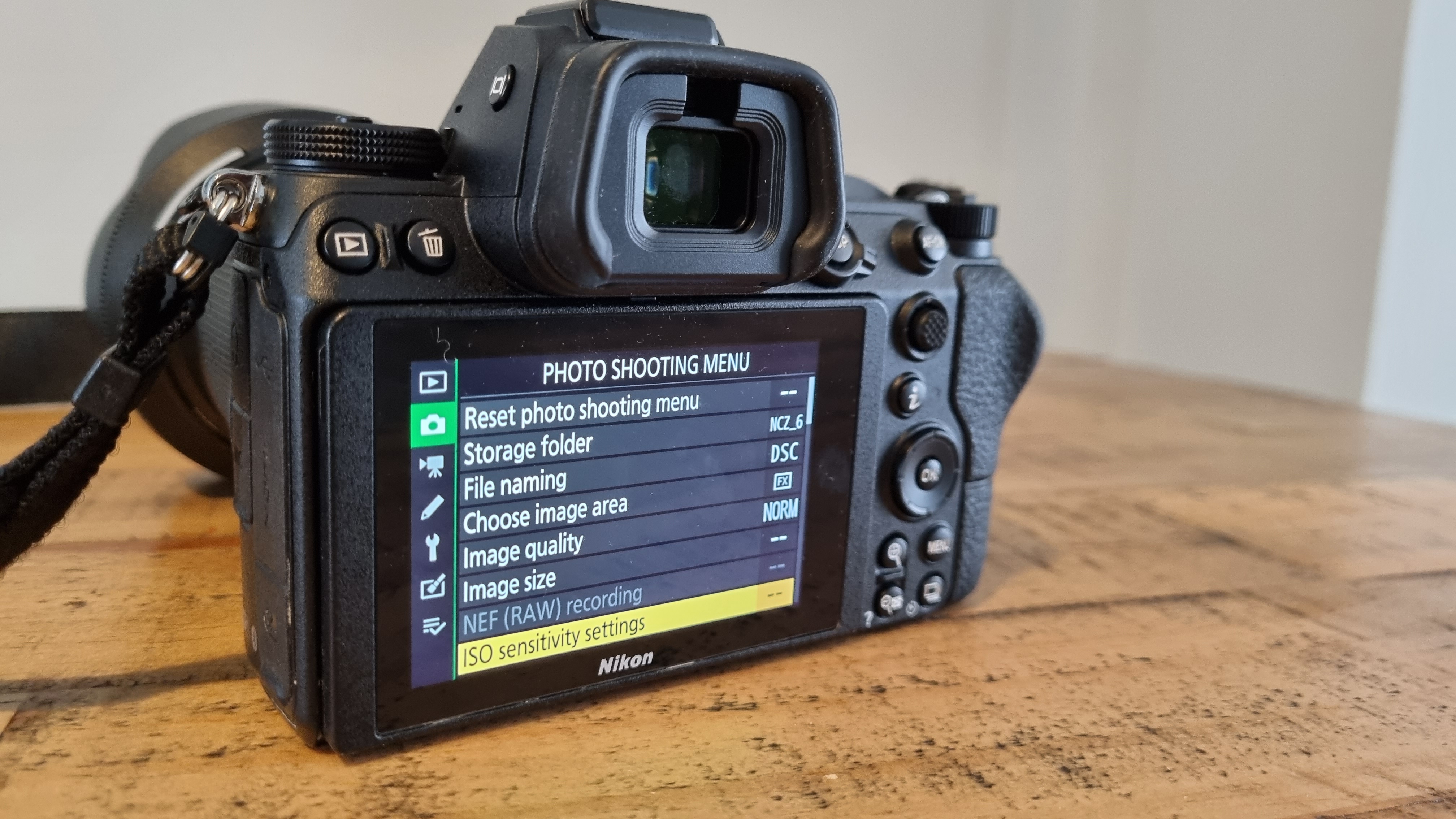
The Z6 is packed with features and functions designed to make your shots not only better, but easier to achieve. Given that this is a mirrorless camera, the touch screen display is the most accurate way to shoot (unless you're in direct light or shooting a bright moon). The viewfinder is a smaller simulation of the sensor image, so is actually slightly over-sharpened and, if you're shooting through the FTZ adaptor, it can feel a little less natural (like you're watching a TV show) especially if you're using DX lenses.
We enjoy using the touch screen to focus the shot while in single-point mode in live view, and it's way easier than adjusting focus with the little stick while in viewfinder mode, but didn’t find much joy in using the touch-shooting. It's a neat feature you'll play with at the start, and quickly ditch in favor of touch focusing. While we're on the subject of the touch screen, we found the auto display switch mode very inconsistent and wouldn't recommend using it — it seems to change modes randomly, which is a pain if you're lining up a shot. This adds the slightest of annoyances whereby you have to press the display switch button three times to move from Viewfinder to Monitor only. If you're rushed for time, this is irritating. Aside from that, it's easy to shoot with and cycle through the menus using the touch screen. Here you'll find all the standard options, like focus modes, metering, and timers, as well as more advanced options like batch exposures, WB adjustments, and button customization. In fact, the level of customization is intimidating, as almost all buttons on the Z6 body can be changed, and you have a whole roster of pre-set options for your command dial. This makes it a camera that suits highly specialized shooting, like astro shots.
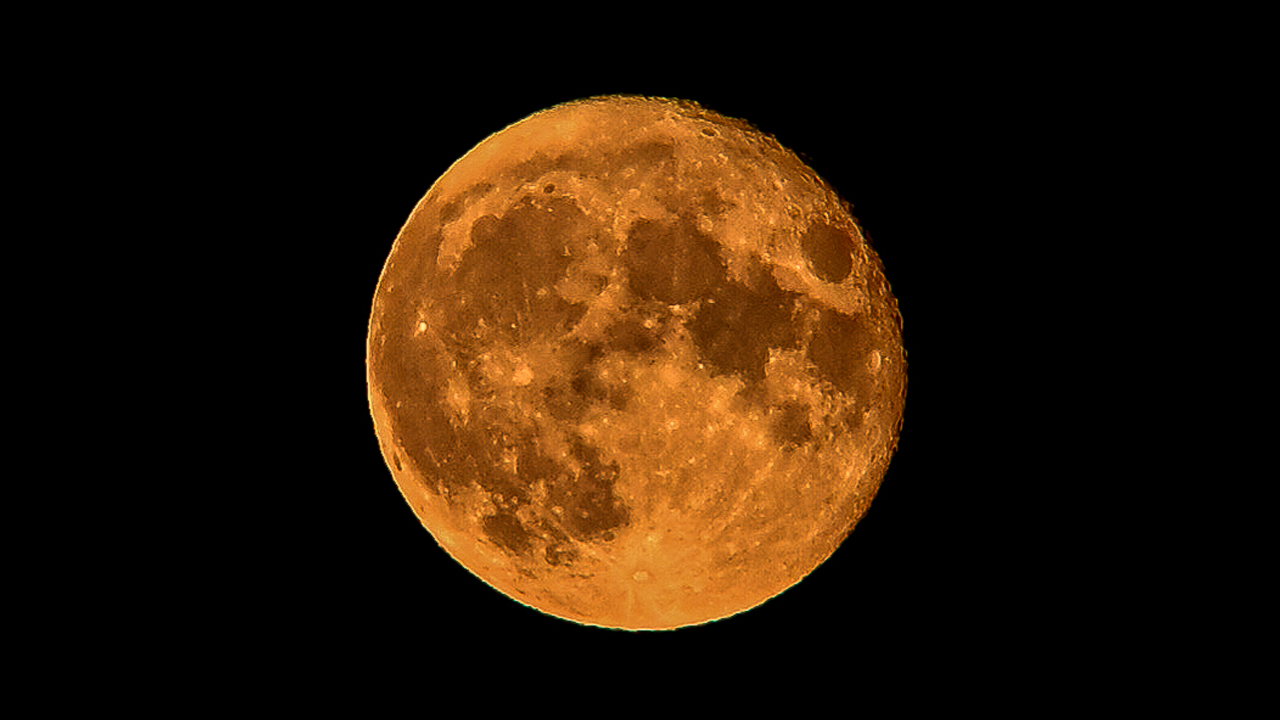
When it comes to interfacing with other devices, Nikon uses the SnapBridge app to connect your camera with smart devices like a phone. This is a great idea in principle, and you can choose to either have a continuous connection that automatically transfers every shot to your smartphone, as you take them or to have a controlled version where you select and edit the photos you need after you're done shooting. In practice, it's a fiddly app and can take a while to connect and download full-sized images. Not a problem if you're looking to get images direct from your camera to post on social media, but it's no way to transfer large quantities of files. And SnapBridge often has wobbles whenever it's updated, or your camera's firmware is updated… so you need to expect some occasional teething issues.
Using SnapBridge will drain the battery life of the Z6, so we wouldn't recommend having it connected all the time. The Z6 has about a 320-330 shot battery life, which is about average for mirrorless cameras, so we'd recommend keeping a spare battery if you're going to be shooting all day. When you consider this battery life with the single memory card slot, you realize this isn't a camera designed for intense shoots. It suits a slower pace and a more considered shot.
Kit lens: Nikkor Z 24-70mm f/4 S
Best wide lens: Nikkor Z 14-24mm f/2.8 S
Best zoom lens: Nikkor Z 70-200mm f/2.8 S
Spare battery type: EN-EL15C
Memory card: CFexpress / XQD
Finally, how does the Z6 integrate with peripheral products like lenses, flashes, and tripods? Well, there's good news and bad news. In terms of flash units and tripods, there are no issues with the Z6 — it just works seamlessly with them. Lenses are a different story. The Z mount cameras are not directly compatible with any FX or DX lenses used by Nikon's DSLRs… but there is a solution! You can buy an FTZ adaptor, which will happily fit any old FX or DX lens onto your Z6. It's slim, well made, light and very expensive. You're looking at $250 for the FTZ adaptor, which is a lot to pay on top of a camera body and any kit lens you buy. It does work like a charm, though, so if you already have a bunch of expensive DSLR lenses it's well worth it. Especially when you consider how expensive some of the specialist Z lenses are. Nikon makes the majority of the Z mount lenses right now and, while they're almost all world-class lenses, that means you pay loads for them. You don't have the cheaper Sigma or Samyang alternatives just yet.
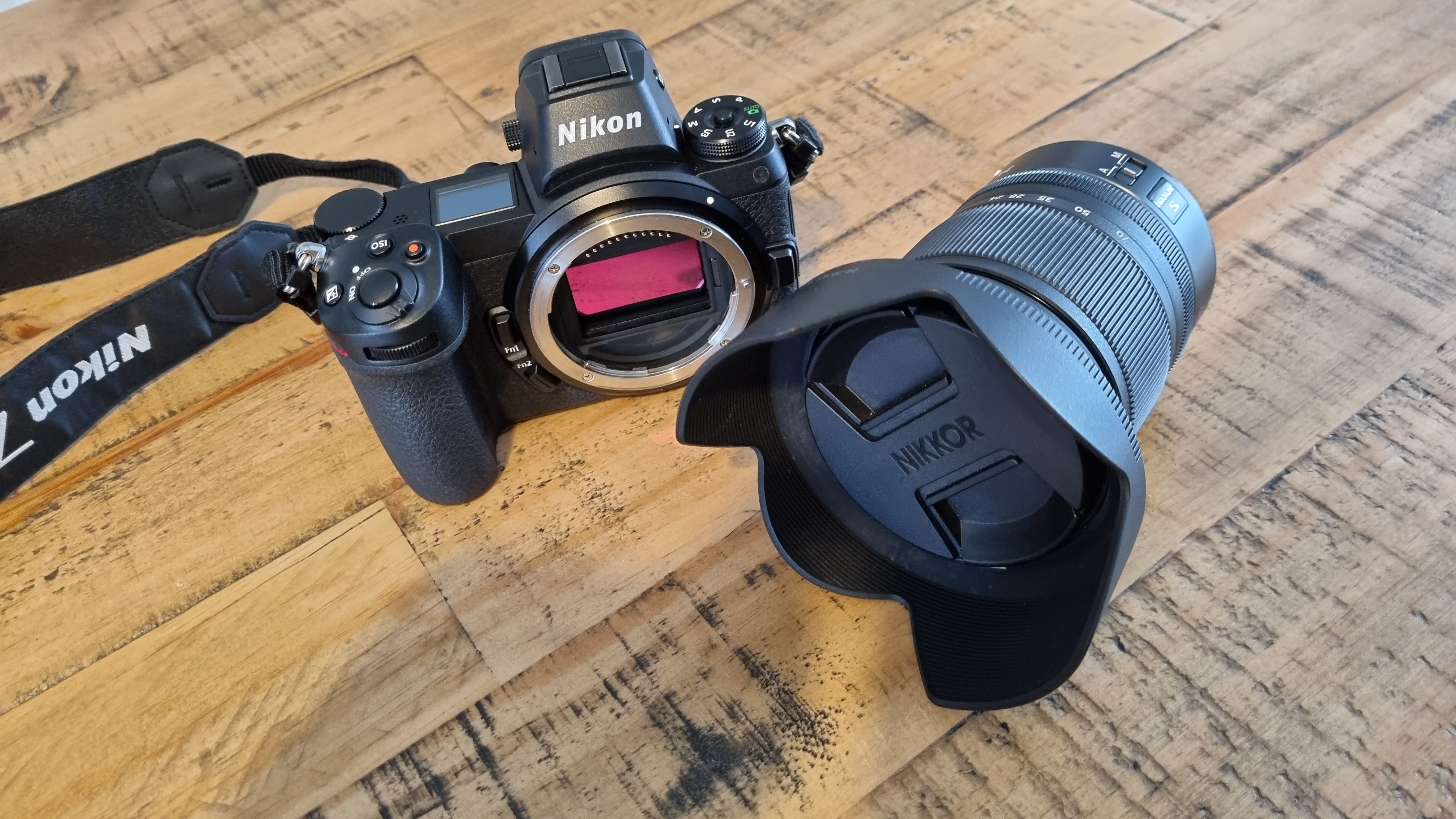
Should you buy the Nikon Z6?
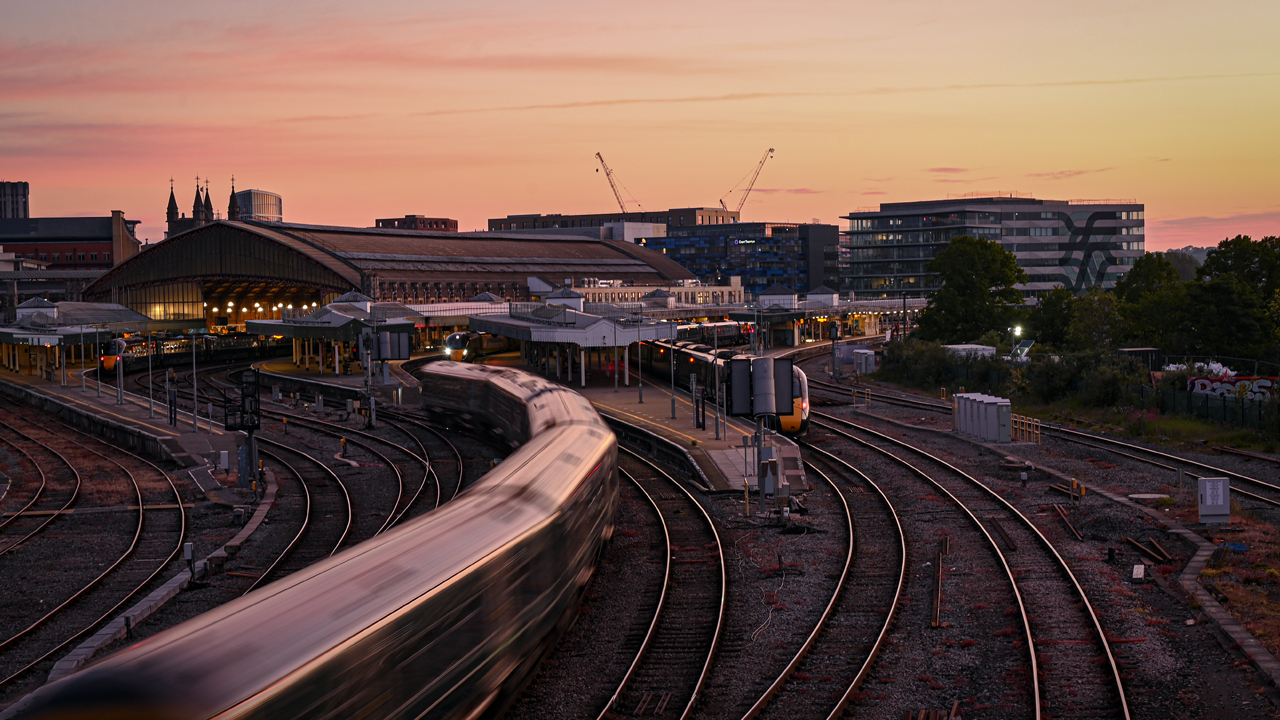
If you’re serious about astrophotography, landscapes, or organized portrait shoots then, yes, the Z6 is perfect for you. What it lacks in sensor size and burst shooting it more than makes up for in image stabilization, ISO capabilities, and pure handling feel. This is a camera designed for slower shoots in lower and natural lights, and it’s an absolute joy to use. We’re willing to overlook small inconveniences like the memory card limitations and the lack of touch screen mobility because the camera body itself is so capable, and isn’t excessively priced. While we’d absolutely recommend the newer Z6ii for shooting video (as it can manage 4K footage at 60fps), the Z6 is virtually identical for photography, and is about 20-30% cheaper.
What’s more, the full-frame Z lenses (especially the premium S-Line versions) are among the best camera lenses available right now, and they’re beautifully designed. While they’re eye-wateringly expensive, and the range is more limited than you’d find with the Canon and Sony units, you absolutely get what you pay for. Overall, we think you’ll love the Z6 as an astro and landscape camera… if you have the deep pockets to really make the most of it.
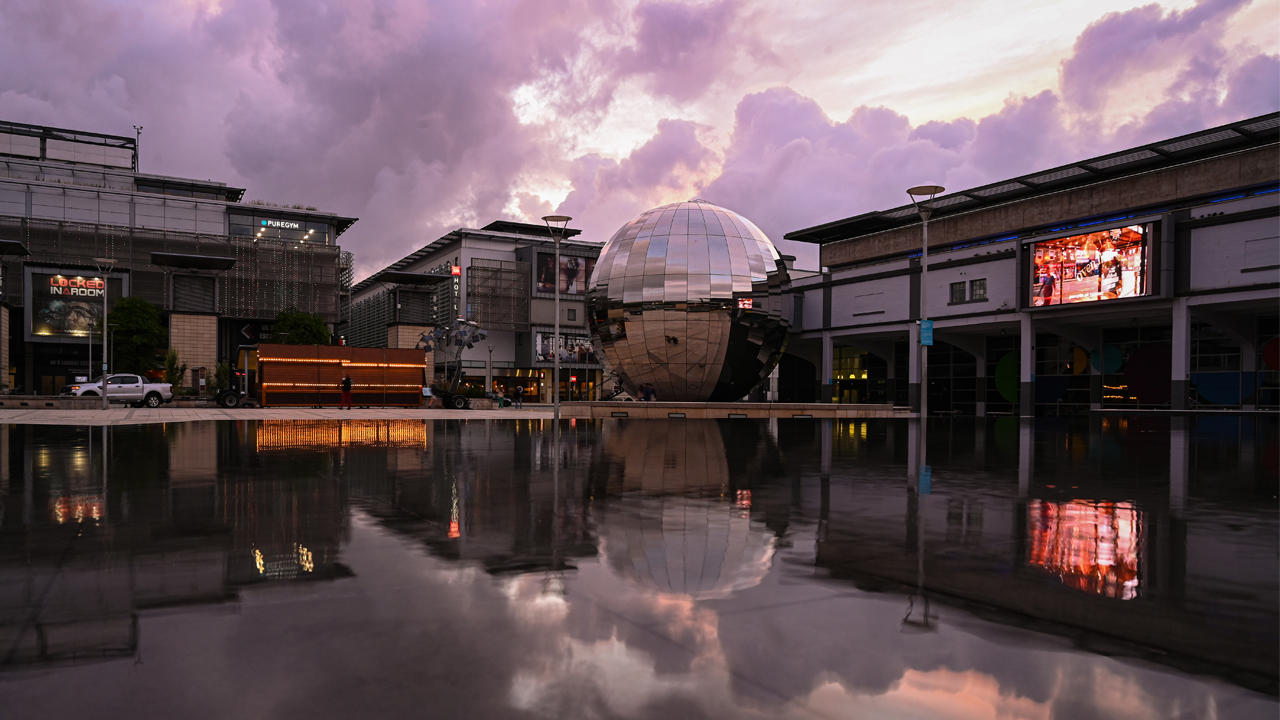
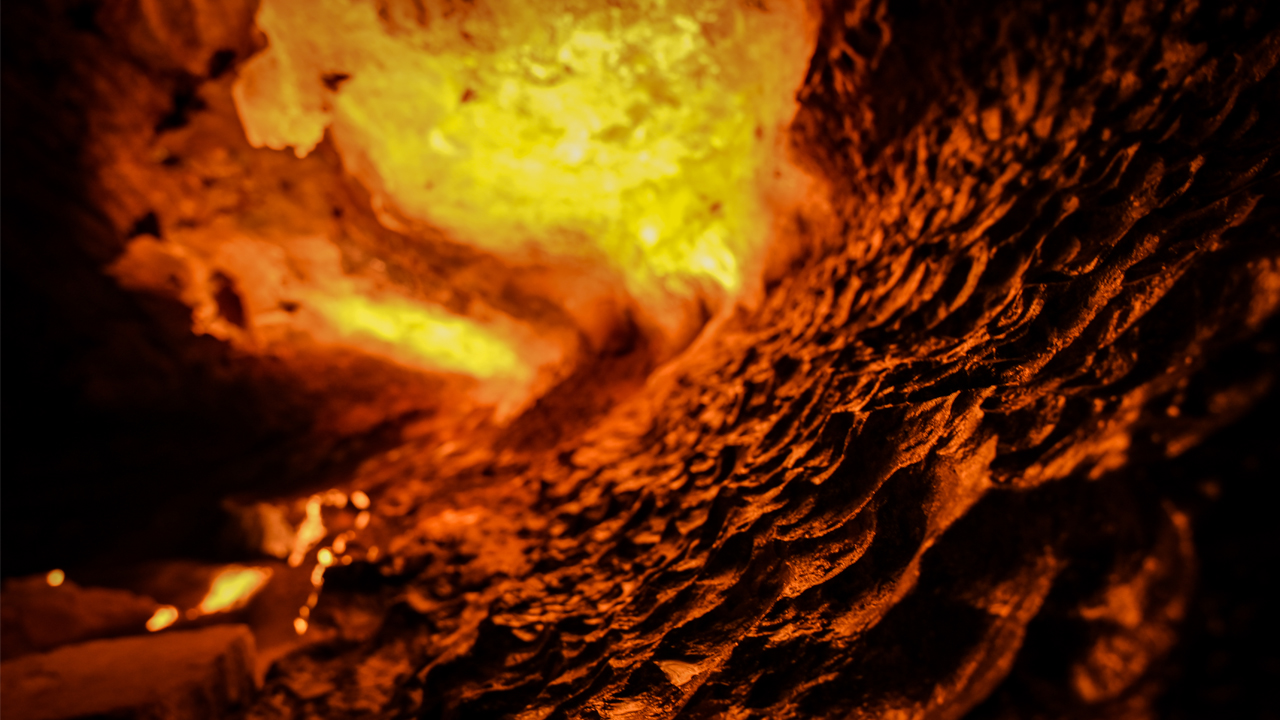
If this product isn't for you
Let’s be honest, despite its relative value, the Z6 isn’t the cheapest camera out there, and it’s too much for pure beginners to handle. If you’d rather spend around the $500-700 mark, the Canon EOS Rebel SL3 is a great place to start. It’s a great entry level camera all-round, but the big thing for us is the screen it comes with for Live View shooting. When you’re shooting astro, the LV is crucial and the EOS Rebel SL3 has a fantastic, fully articulated screen - perfect for tripod-based night shoots. Canon’s lenses are relatively cheap too, so you won’t have to spend loads on a good entry-level set-up.
If you’re keen to start with the Nikon brand, we suggest the Nikon D3500 as a good beginner camera, as it has decent shooting capabilities, excellent grip, and won’t cost you a massive amount of cash (less than $500, usually). However, the benefits of choosing the D3500 because you want to eventually upgrade to a Z6(ii) or Z7(ii) are very minimal - it’s a smaller APS-C camera, and a DSLR, so you’d likely want to change all your lenses when you go full-frame. And Nikon’s lenses - while good quality - are far from cheap.
Join our Space Forums to keep talking space on the latest missions, night sky and more! And if you have a news tip, correction or comment, let us know at: community@space.com.

Andy is a Content Director who has been working in media for over 20 years. Andy has run several brands during his career, including Top Ten Reviews, GamesRadar, and a suite of magazines. He is also a part time tutor in Game Design, a photographer, and a mentor. Andy specializes in landscape and urban photography, but also takes pictures of the moon and night sky. In his spare time, he enjoys building Lego with his son and watching all kinds of sci-fi TV.
